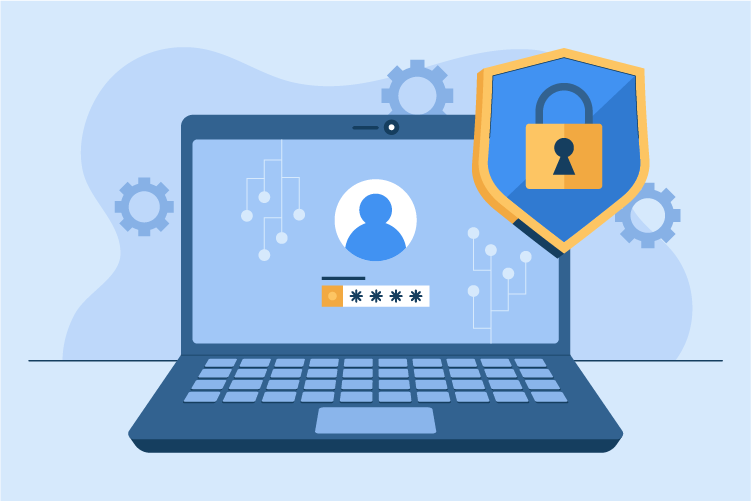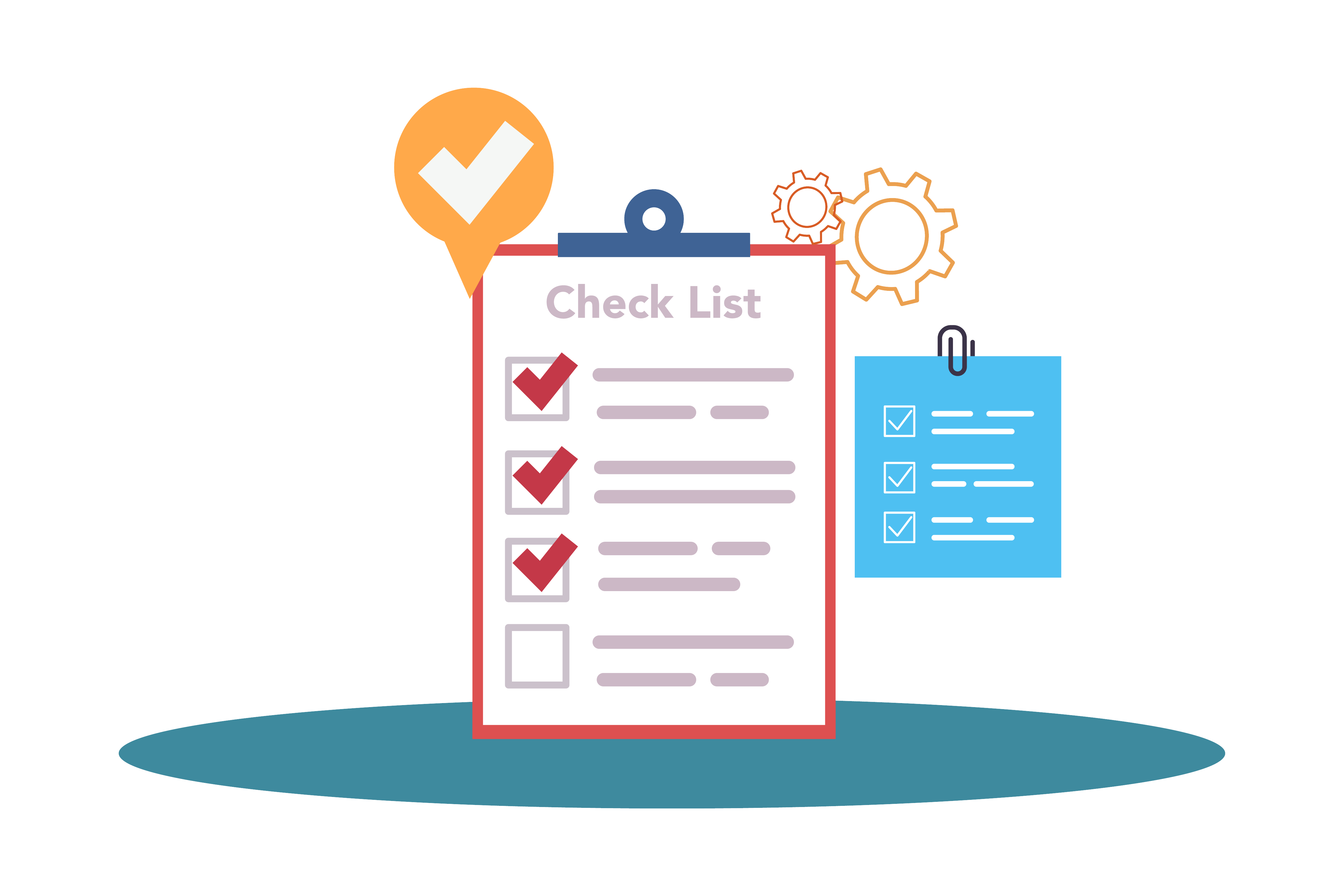
Code Quality
In modern software development, ensuring code quality and security is crucial. Poor code quality can lead to bugs, increased maintenance costs, and poor performance. Security vulnerabilities can expose sensitive data and compromise system integrity. This post discusses the importance of code quality and security checks, highlights various open-source tools available, and explains why SonarQube is a preferred choice for comprehensive code analysis.
Code Quality – Key Features
Characteristics of Good Code:
- Functionality: The code works as intended.
- Readability: The code is easy to read and understand.
- Simplicity: The code is simple and single-purpose.
- Testability: The code can be tested easily.
- Maintainability: The code is easy to maintain and modify.
Importance:
- Functional Defects: Poor quality code can introduce bugs.
- Maintenance Costs: Higher costs and time for making changes.
- Performance: Poor code can degrade application performance.
- Modifiability: Difficult to extend or modify the code.
- Technical Debt: Accumulation of suboptimal code increases technical debt.
General Recommendations:
- Unit Tests: Ensure individual units of code work correctly.
- Automated Code Analysis: Syntax checking, code style and formatting, static code analysis, security analysis (e.g., Snyk, Bandit), complexity analysis, code coverage (e.g., Coverage.py), dependency analysis (e.g., Snyk, Dependabot), duplicate code detection, etc.
- Manual Code Review: Human review to catch issues automated tools might miss.
Security – Key Features
Critical Security Checks:
- Container Security: Scans container images for vulnerabilities.
- Dependency Scanning: Scans for vulnerabilities in third-party libraries.
- Infrastructure as Code (IaC) Security: Ensures secure configurations for infrastructure code (e.g., TFSec).
- Secrets Detection: Ensures no sensitive information is exposed in the codebase.
- Static Application Security Testing (SAST): Analyzes source code for vulnerabilities.
- Dynamic Application Security Testing (DAST): Analyzes running applications for exploitable vulnerabilities (e.g., OWASP ZAP).
Comparison of Free Code Analysis Tools
There are numerous free code analysis tools available that help maintain code quality and security. Below is a table comparing some of the most popular tools based on key features, integration ease, configurability, community support, and specific use cases. This comparison will assist in selecting the right tool for your project needs
| Tool | Languages Supported | Key Features | Integration Ease | Configurability | Community Support | Specific Use Case | Website |
|---|---|---|---|---|---|---|---|
| ESLint | JavaScript, TypeScript | Pluggable rules, auto-fix issues | High | High | Very Active | JS/TS linting and style enforcement | eslint.org |
| Pylint | Python | Comprehensive checks, highly customizable | High | High | Active | Python static analysis | pylint.pycqa.org |
| Semgrep | Multiple (Python, JS, Go) | Custom rules, language-agnostic | High | High | Growing | Multi-language custom rule analysis | semgrep.dev |
| Bandit | Python | Security-focused checks | High | Medium | Active | Python security analysis | bandit.readthedocs.io |
| Flake8 | Python | Combines multiple checks | High | Medium | Active | Python linting and style enforcement | flake8.pycqa.org |
| Checkstyle | Java | Coding standards enforcement | Medium | High | Active | Java linting and style enforcement | checkstyle.sourceforge.io |
| PMD | Java, JS, Apex, PLSQL, XML | Detects bugs, dead code, code smells | Medium | High | Active | Multi-language static analysis | pmd.github.io |
| SonarQube | Multiple | Comprehensive static analysis, bug detection, code smells, and security vulnerabilities | High | High | Very Active | Multi-language code quality analysis | sonarqube.org |
Detailed Comparison for “Integration Ease”
Integration ease is a critical factor in selecting a code analysis tool. The following table details how easily each tool integrates into various CI/CD pipelines and development environments, based on user experiences and documentation.
| Tool | Languages Supported | Key Features | Integration Ease | Configurability | Community Support | Specific Use Case | Website |
|---|---|---|---|---|---|---|---|
| ESLint | JavaScript, TypeScript | Pluggable rules, auto-fix issues | High | High | Very Active | JS/TS linting and style enforcement | eslint.org |
| Pylint | Python | Comprehensive checks, highly customizable | High | High | Active | Python static analysis | pylint.pycqa.org |
| Semgrep | Multiple (Python, JS, Go) | Custom rules, language-agnostic | High | High | Growing | Multi-language custom rule analysis | semgrep.dev |
| Bandit | Python | Security-focused checks | High | Medium | Active | Python security analysis | bandit.readthedocs.io |
| Flake8 | Python | Combines multiple checks | High | Medium | Active | Python linting and style enforcement | flake8.pycqa.org |
| Checkstyle | Java | Coding standards enforcement | Medium | High | Active | Java linting and style enforcement | checkstyle.sourceforge.io |
| PMD | Java, JS, Apex, PLSQL, XML | Detects bugs, dead code, code smells | Medium | High | Active | Multi-language static analysis | pmd.github.io |
| SonarQube | Multiple | Comprehensive static analysis, bug detection, code smells, and security vulnerabilities | High | High | Very Active | Multi-language code quality analysis | sonarqube.org |
Language/Tech Specific Tools
Choosing the right tools for specific programming languages and technologies is crucial for maintaining code quality and security. Here’s a breakdown of recommended tools for various languages and tech stacks:
| Language/Tech | Linter | Static Code Analysis | Code Coverage | Duplicate Code Detection | SAST |
|---|---|---|---|---|---|
| Python | Black | PyLint/SonarQube | Coverage.py | SonarQube | Bandit |
| JavaScript | ESLint | SonarQube | Istanbul (nyc) | SonarQube | SonarQube |
| TypeScript | ESLint | SonarQube | Istanbul (nyc) | SonarQube | SonarQube |
| Terraform | FMT | Checkov/SonarQube | Terratest | SonarQube | Checkov |
| Yaml / Ansible | Ansible-Lint | SonarQube | Ansible-Lint | SonarQube | Ansible-Lint/SonarQube |
General Needs
In addition to language-specific tools, there are general needs in software development that span across multiple languages and technologies. These include container security, dependency scanning, and secrets detection.
- Container Security: Tools like Clair and Trivy scan container images for vulnerabilities, ensuring that your containerized applications are secure.
- Dependency Scanning: Tools like Snyk and Dependabot check for known vulnerabilities in third-party libraries, helping to maintain the security of your dependencies.
- Secrets Detection: Tools like GitLeaks and TruffleHog scan your codebase for sensitive information such as API keys and passwords, preventing accidental exposure of secrets.
Why We Ended with SonarQube
Comprehensive and Open Source
SonarQube is an open-source tool that provides a comprehensive set of features covering various aspects of code quality and security, including bug detection, code smells, and security vulnerabilities. Its open-source nature allows for transparency, community contributions, and extensive customization.
High Configurability and Integration Ease
SonarQube’s high configurability and ease of integration with various CI/CD tools make it a preferred choice. Its extensive documentation and active community support ensure quick resolution of issues and continual addition of new features.

Multi-Language Support
Supporting a wide range of programming languages, including Python, JavaScript, TypeScript, Java, and more, SonarQube ensures consistent quality and security checks across multi-language projects.
Active Community and Continuous Improvement
SonarQube benefits from a very active community and continuous improvements, staying up-to-date with the latest in code quality and security practices. This ensures the tool remains relevant and effective in addressing evolving software development challenges.
Conclusion
Ensuring code quality and security is essential in modern software development. While many tools are available, SonarQube stands out due to its comprehensive feature set, high configurability, ease of integration, robust community support, and open-source nature. Incorporating SonarQube into your development workflow significantly enhances the quality and security of your codebase, leading to more reliable and maintainable software.
Share this article
Follow us
A quick overview of the topics covered in this article.
Latest articles
December 7, 2025
December 7, 2025
December 7, 2025





